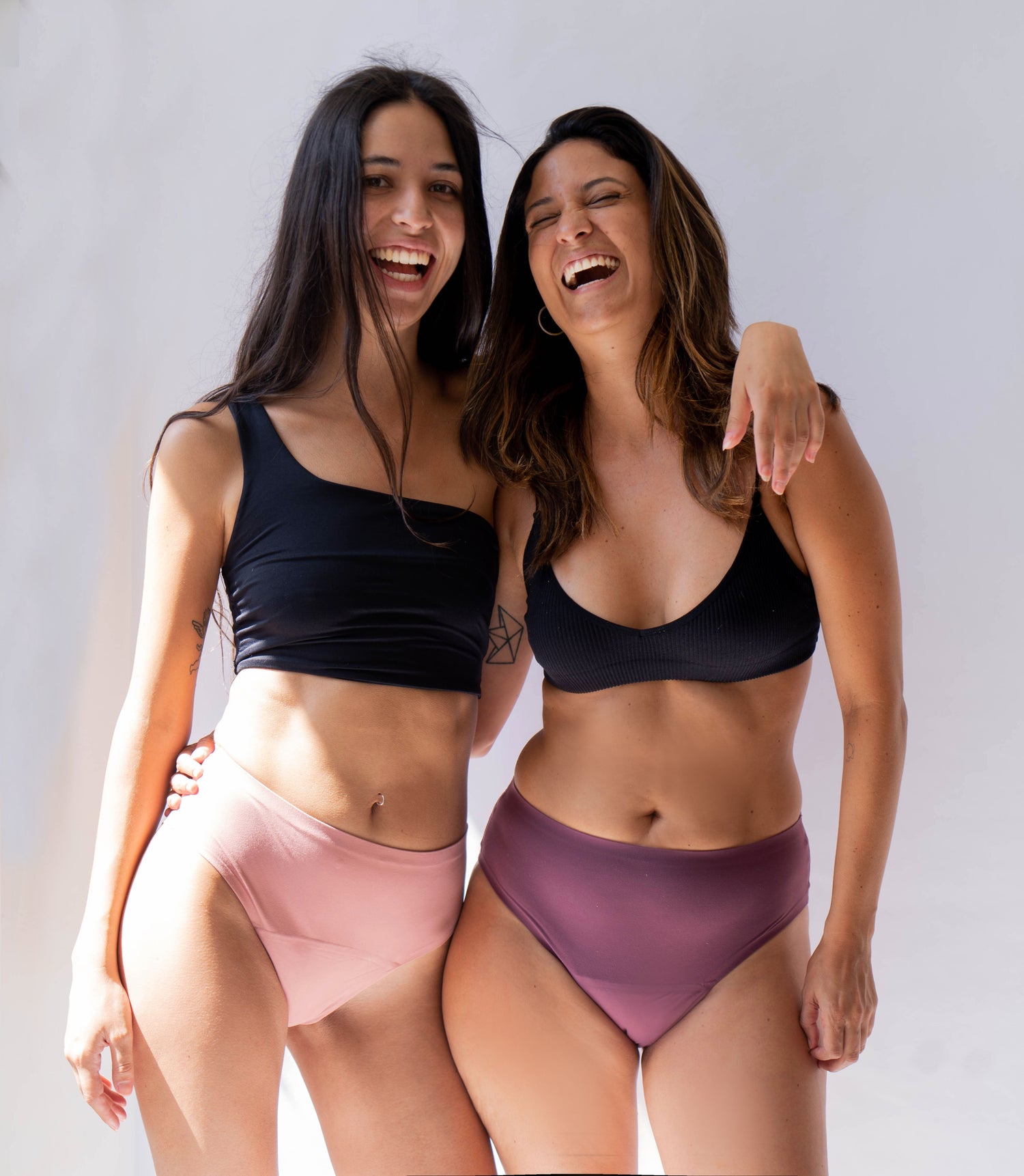Menstrual cups can be a weird thing to wrap your head around when you first hear about them. However, more and more women are sharing the life-changing benefits of menstrual cups. But they can be even more life-changing for girls and women who can’t afford any menstrual product at all. In Kenya, a country where 65% of girls and women can’t afford sanitary pads, menstrual cups stage a potential solution.
That’s why Ruby Cup incorporates a model, where for every Ruby Cup you buy, you automatically donate another one to a girl in need. It’s a simple Buy One, Give One programme with current projects in Kenya, Uganda and Tanzania among other countries.
Do Menstrual Cups in East Africa really help the girls?
This question came up after Bryony from Precious Star Pads made a wonderful video about our Buy One Give One programme. In her video she explains how the programme is helping girls in need to have better periods. The comments below the video are great, but there is also a comment thread expressing doubts about the effectiveness of our programmes. In sum, the commenters express concerns about distributing a product to young girls that is inserted into the vagina:
Would the girls actually use the Ruby Cup in East Africa? Wouldn’t they be too afraid to break their hymen and lose their virginity while using the menstrual cup? And wouldn’t the use of a menstrual cup cause problems in their community?
These concerns are very valid and since we’ve distributed more than 16.000 Ruby Cups to girls in need, as published in our Impact Report of 2016, we feel it’s important that we address them.

How Ruby Cup distributes menstrual cups in East Africa

It’s fundamental for us that we never impose the use of menstrual cups on the programme participants or anyone for that matter. We always assess and research the community before launching a Ruby Cup programme and our partners do the same. We get to know the school, talk to the teachers and the girls – if possible also the parents, to ensure the girls and their surroundings are open to be introduced to Ruby cup.
We would never distribute Ruby Cups in a region where the girls would be shamed or punished by their communities for using a menstrual cup.
This is vital. And so far, our experience have shown us that the majority of girls and women highly appreciate understanding what the hymen is and what virginity is (or is believed to be).
Addressing the issue of the hymen vs. virginity
When Ruby Cups are distributed, they are never just handed out and left with the girls to figure out how to use them. We take the time to carry out an educational workshop where the girls learn about their reproductive health, their bodies, menstrual care and how to use a menstrual cup.
During the workshops, we aim to establish a safe space, where the girls can feel free to ask any questions they might have. At the same time, we break harmful beliefs and myths about the female anatomy and menstruation.
“Broken” hymens and virginity
When discussing the hymen, we communicate that the hymen is a stretchy membrane that can be “broken” or stretched during all sorts of activities. It can break while riding a bike, doing sports, during a visit to the gynaecologist, by using a tampon or a menstrual cup. But a stretched or broken hymen is not synonymous with the loss of virginity. Traditionally, the loss of virginity is related to having vaginal or penetrative intercourse with a man.
It is perfectly possible for a woman to have vaginal penetrative sex and maintain an “unbroken” hymen (by the way, we are not big fans of the term “broken hymen” but we are using it for ease of understanding), if this particular hymen is quite stretchy; and for another woman to never have sex but have “broken” her hymen as result of playing sports.
It’s very important to communicate this differentiation. We don’t want the girls’ lives to be valued in relation to something they have no control over.
Imagine a situation, where a girl needs to go to the gynaecologist, but she is afraid the examination can “break her virginity”. If she doesn’t go she risks her health because of this harmful belief. We try to remove this fear by differentiating between the two and instead deliver sound information that helps the girls make better decisions for themselves. We empower them with knowledge and with a tool to take better care of their body.
Adoption rate of menstrual cups in East Africa

We believe that our high adoption rates – 8 out of 10 girls are still using the Ruby Cup a year after receiving it – are due to the principles of our programme: sustainable partnerships, education, appropriate resources and ongoing support for our participants.
Let Ruby Cup ambassador Rachael Mwikali explain to you first hand how poverty and periods affect girls in Kenya and how getting a Ruby Cup changes their future:
How you can help a girl in need have a better period
For every Ruby Cup you buy, you automatically donate another one to a girl in need. If you don’t need a menstrual cup yourself, you can also simply donate one.
 Your Account
Accedi
Your Account
Accedi
 Basket
Basket


